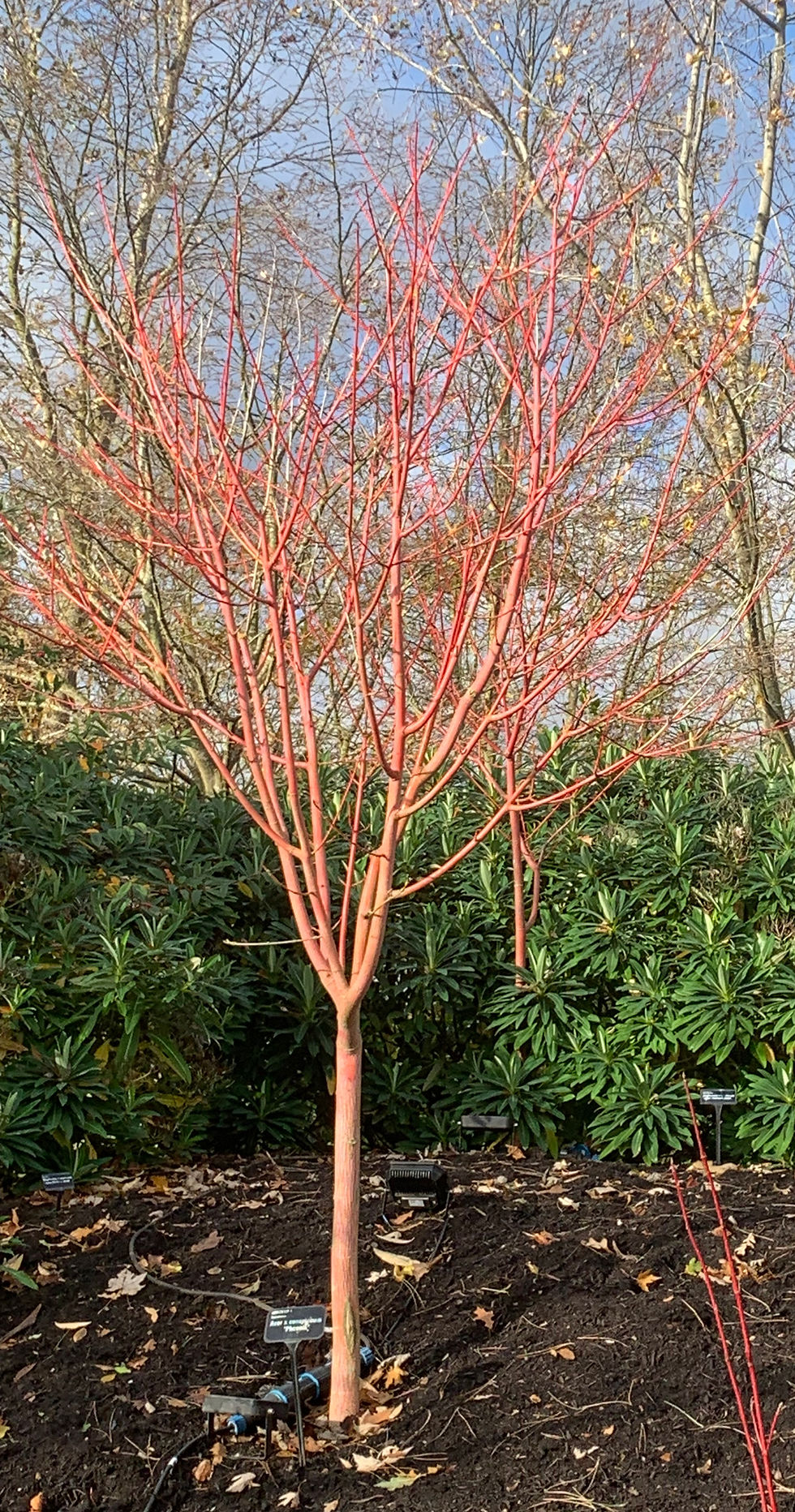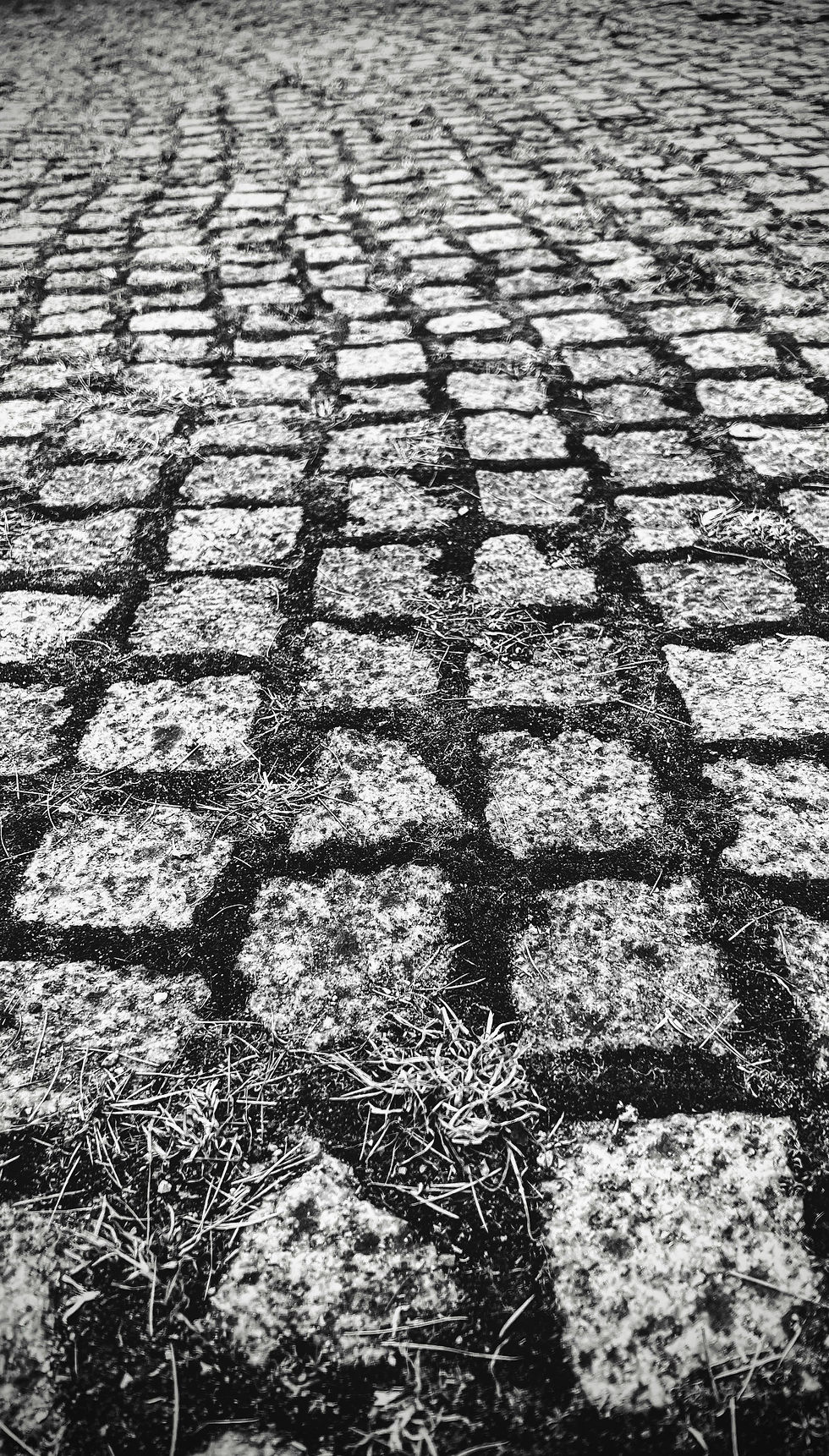How to Have Year Round Colour in Your Garden Design: A Seasonal Guide
- Zoe Cook
- Mar 6
- 5 min read

Exploring How to Work with Different Colour Schemes in Planting Throughout the Seasons to Keep Your Garden Vibrant Year-Round
As an East London garden designer at Trellis Design, I’m often asked how to maintain a garden’s vibrancy throughout the year. The secret lies in working with the seasons—choosing plants that not only thrive at different times of the year but also provide a constant source of colour, texture, and interest. In this blog, we’ll explore how to create seasonal colour schemes, starting with winter.
Winter: Subtle Elegance and Structure
Winter might not be the first season you associate with vibrant colour, but with the right planting choices, you can create a garden that’s both beautiful and structured.
Evergreens and Structure: Evergreens are the backbone of any winter garden. Think deep greens from Taxus (yew) or Buxus (box), which hold their own even in the frostiest weather. But it’s not just about green—plants like Cornus (dogwood) with striking red stems can provide a vivid contrast. At Trellis Design, I like to incorporate these into borders or as stand-alone features.
Interesting Bark: For added interest in winter, look to trees and shrubs with striking bark colours and textures. Prunus serrula, with its glossy, mahogany-red bark, catches the light beautifully and stands out against evergreens. Acer x conspicuum 'Phoenix' brings a dramatic pop of colour with its coral-red bark, which becomes even more pronounced during the winter months. These trees offer an elegant structural feature, providing a dynamic backdrop to your garden when much of the other plant life is dormant.
Winter Blooms: Surprisingly, there are several plants that flower in the colder months. The pale pinks and whites of Hellebores (Christmas roses) bring subtle elegance, while Viburnum x bodnantense offers sweet-scented clusters of pink blooms.
Winter Colour Combinations: For winter, aim for a palette of dark greens and silvery blues as a foundation. Add pops of red (from Cornus or Skimmia) and soft whites or pale pinks from Hellebores or Viburnum. Incorporating trees like Prunus serrula or Acer x conspicuum 'Phoenix' ( see picture below) will also add striking bark textures and colours to complete the look. This creates a tranquil yet striking garden for the colder season.
Spring: Bursting into Life
As winter gives way to spring, your garden will start to awaken. This is the time when you can embrace fresh, lively colours that symbolise new beginnings.
Early Spring Blooms: Spring is a time of abundant flowering. Plants like Narcissus (daffodils), Crocus, and Tulipa (tulips) offer an array of bright colours—yellows, purples, and reds. At Trellis Design, Magnolia trees, which produce large, dramatic blooms in white or pink, creating a stunning centrepiece for a spring garden are one of my favourites.
Harmonious Colour Palettes: For spring, think about using harmonious colour schemes that complement each other, rather than contrasting brights and pastels. Combining blues and purples from Hyacinthus or Muscari with whites from Anemones or Narcissus can create a calming yet vibrant effect. Pale blues paired with cool whites will evoke a fresh, spring feel, while purples can add depth without being overwhelming.
Spring Foliage: Don't forget about the role foliage plays in spring! The new growth of plants like Acer palmatum (Japanese maple) can introduce soft, lime green tones that are beautiful alongside early spring blooms. Brunnera macrophylla offers amazing heart-shaped leaves, sometimes with silver variegation, that pair wonderfully with blue flowers.
Spring Colour Combinations: Aim for a harmonious blend of cool tones like blues, purples, and whites. This colour scheme offers a cohesive, fresh look that reflects the essence of spring's natural beauty, without relying on the more typical bright yellow or pastel contrasts. Layering these cooler tones allows for a sophisticated palette that feels fresh, elegant, and welcoming.
Summer: Rich, Bold, and Dynamic
Summer is when your garden will be at its most vibrant. It’s the time to experiment with bold, dynamic colours and fill every corner with life and vibrancy.
Hot Colour Combinations: Summer is a great opportunity to play with fiery combinations. Reds, oranges, and yellows from plants like Crocosmia, Echinacea, and Rudbeckia create warmth and energy. A combination I love to play with at Trellis Design.
Summer Blooms: Summer also brings an abundance of flowering shrubs. Roses are a classic choice, offering a range of colours from pastel pinks to deep reds. For something a bit different, Hydrangeas offer large, showy blooms that can change colour depending on soil pH—pinks in alkaline soils, blues in acidic. A great talking point for your summer garden!
Summer Colour Combinations: For summer, go bold with oranges and reds, balanced by shades of yellow. Try pairing Rudbeckia and Echinacea for a hot combination. Incorporate Kniphofia for some height and drama, ensuring your garden looks alive and full of energy through the summer months.
Here’s the updated Autumn section with a note about leaving Hylotelephium uncut for winter structure and its benefits for wildlife.
Autumn: A Final Burst of Warmth
As summer fades, autumn brings a final flush of colour before winter returns. Rich, warm tones like burnt oranges, deep reds, and golden yellows dominate, giving your garden a cozy, autumnal feel.
Foliage as Colour: Autumn is when the leaves take centre stage. Trees like Acer palmatum (Japanese maple) turn fiery shades of red, while Betula (birch) and Fagus (beech) bring yellows and oranges. Ornamental grasses such as Miscanthus or Stipa gigantea offer movement and texture, turning golden as the season progresses.
Late Bloomers: It’s not just about the leaves though—there are plenty of late-flowering plants that can keep your garden colourful well into autumn. Asters and Sedum (now Hylotelephium) offer lovely shades of pink and purple, while Dahlia continues to bloom until the first frosts, providing vibrant colour. Hylotelephium is particularly useful as it can be left uncut through winter, adding structure to your garden as its sturdy stems and seed heads catch the frost. This not only looks fantastic but also provides habitats for overwintering insects, making it a valuable addition to wildlife-friendly gardens.
Autumn Colour Combinations: In autumn, focus on warm, deep hues. Rich burgundy from Sedum, paired with the golden tones of grasses and the fiery reds of Acer, creates a garden that feels both lively and cozy. This warm colour palette will contrast beautifully with the cooler days, making your garden a comforting retreat.
Keeping Your Garden Colourful Year-Round
The key to keeping your garden vibrant year-round lies in thoughtful planning and layering. By using evergreens and plants with winter interest, you can provide structure and colour even in the colder months. Spring brings a sense of renewal, with its fresh and lively pastels, while summer offers the opportunity to go bold with hot, dynamic shades. Finally, autumn wraps up the year with a final burst of warmth and richness.
At Trellis Design, I specialise in creating gardens that are beautiful throughout the seasons. Whether you’re looking for a low-maintenance solution or a garden designed with wildlife in mind, I can help you create a space that reflects your style and thrives year-round. As an East London garden designer, I understand the unique challenges of working with urban gardens, and I can help you make the most of your space—whatever the season.




Comments